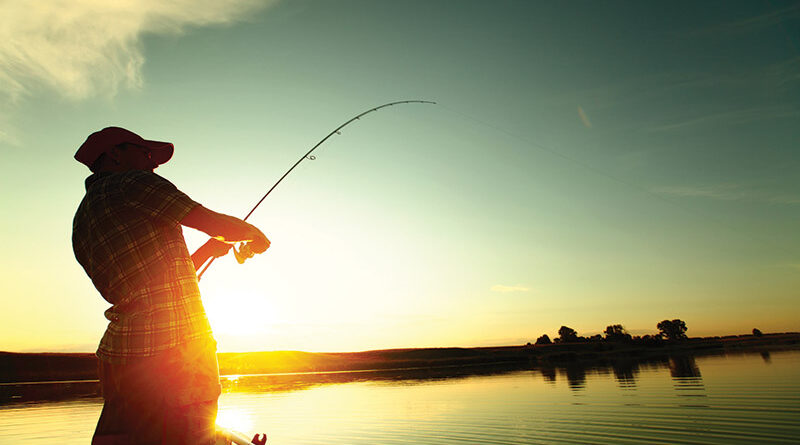Catch & Release: Being Part of the Natural Cycle
Every angler should make their best effort to be a good conservationist. Knowing which fish to harvest for food, and which to release, helps us make wise use of a renewable resource. Here are a few simple tips!
What Fish to Keep
• Small-to-medium sized fish. Smaller fish are more numerous and often better tasting.
• Fish which are injured or unlikely to survive if released.
What Fish to Release
• Large spawning-age fish. These fish are the survivors! Only a small percentage of fish live to reach spawning age, and their genetics are important to protect future generations.
• Trophy fish. But don’t worry! You can still have your trophy. Measure the length and girth of the fish and take a few photos. Your taxidermist can use these to make an identical replica of
your catch which will last longer and look better than the original!
• Fish you don’t intend to use.
• Any fish which are under the legal size limit.
When you plan on releasing fish, there are a few things you can do to give them the best chance at surviving:
• Make sure you bring fish in quickly so they don’t become too exhausted.
• Don’t release fish in a strong current.
• Try to unhook fish when they’re still in the water – the less time they’re out of water, the better!
• Try pinching down barbs on hooks with pliers.
• Remember to wet your hands before handling fish to minimize damage to their protective slime coat.
• Don’t place your fingers in the gills of a fish, lift a fish by its tail, or squeeze a fish.
• Don’t keep fish on a stringer.
By putting something back, Canadians can protect the true spirit of fishing for generations to come.
For more recreational fishing news and information, visit www.keepcanadafishing.com.




